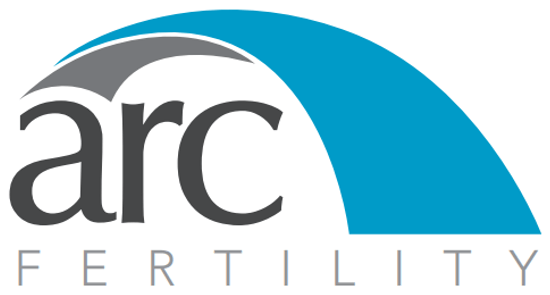Polycystic Ovarian Syndrome (PCOS) is the most common endocrine abnormality in reproductive-aged women affecting approximately 5-10% of this population. The classic triad of this syndrome consists of chronic ovulation dysfunction, hirsutism (male pattern hair growth) and obesity. The exciting news recently involves understanding the contribution of insulin resistance to the etiology and treatment of PCOS as well as the recent addition of ultrasound as a diagnostic tool.
PCOS involves a “vicious cycle” of hormonal imbalance that may begin with a hypersensitivity of the pituitary to GnRH. The pituitary responds with an increase in LH secretion resulting in increased ovarian androgen production by the ovarian thecal cells. Consequently, FSH production is inhibited thereby further preventing follicle development and ovulation. Additionally, estrone proliferates the endometrium unopposed and increases the risk of endometrial hyperplasia and possibly cancer. To summarize, PCOS is perpetuated by tonic elevations of LH resulting in hyperandrogenemia and chronic anovulation.
PCOS is usually diagnosed clinically in women who present with oligomenorrhea (menstrual intervals >35 days), hyperandrogenism (elevated testosterone or hirsutism/acne) and obesity, after excluding other hormonal disorders. However, most women with PCOS do not exhibit all of these features and there is a considerable controversy about the definition and required criteria for the diagnosis. The new criteria include two of the following three signs: ovulation dysfunction; excessive hair growth and/or acne; and polycystic appearing ovaries on ultrasound.
The clinical presentation and medical consequences of PCOS include: infertility; abnormal uterine bleeding with the risk of endometrial hyperplasia (a precancerous change to the uterine lining); hyperandrogenism; obesity; insulin resistance with the risk of impaired glucose tolerance and diabetes. Insulin resistance is a key finding in the “metabolic syndrome” along with elevated cholesterol, triglycerides, blood pressure, and waist circumference.
EVALUATION
Polycystic ovary syndrome is primarily a clinical diagnosis, and laboratory findings should only be used to support the clinical testing and rule out other serious disorders. Evaluation should include measurement of thyroid-stimulating hormone (TSH), prolactin, and in some cases, morning 17alpha hydroxyprogesterone to rule out late-onset adrenal hyperplasia. Patients, regardless of age, with a greater than 3 month menstrual interval and/or an endometrial thickness of >= 7mm on ultrasound should undergo an endometrial biopsy to assess the risk of hyperplasia. Insulin resistance can best be evaluated by a 2-hour glucose tolerance test (GTT).
MANAGEMENT
Weight reduction, diet and exercise are recommended for all women with PCOS. Some studies have also shown a 5-10% loss in body weight may result in a return of ovulatory cycles and a higher spontaneous pregnancy rate. Monthly progestin therapy can be used to prevent abnormal endometrial proliferation by inducing withdrawal bleeding. Another option for these women is to use low dose oral contraceptive pills (OCP) to regulate the menstrual cycle and provide contraception. Antiandrogens may be combined with oral contraceptive pills for the treatment of hirsutism and acne.
In patients desiring pregnancy, ovulation induction is often required usually with clomiphene citrate. Approximately 80% of women with PCOS ovulate in response to clomiphene, but only about 40% of them become pregnant. Most recently, an enzyme inhibitor of aromatase, letrozole, has been shown to have equal success as clomiphene with ovulation but less of a negative impact on endometrial proliferation. (Of note, this is a non –FDA approved use of letrozole and recently the drug manufacturer has advised against its use in women pursuing pregnancy.)
Insulin resistance has been implicated in the reproductive consequences of PCOS, namely infertility, miscarriage, and gestational diabetes. Multiple studies have supported the use of metformin to ameliorate these problems. The dose and duration of metformin has not been determined and there has been no definitive evidence for birth defects.
Ovarian surgery has been an effective therapy for patients resistant to clomiphene citrate and/or letrozole. Laparoscopy with bilateral ovarian diathermy involves “drilling” holes in the ovary utilizing electrocautery or laser providing an approximate 84% ovulation induction rate and 56% pregnancy rate with maintenance of ovulation demonstrated for up to 20 years in the majority of patients.
SUMMARY
PCOS is a chronic condition that can be successfully managed with close surveillance. Approaches are directed at preventing potential long-term consequences of chronic anovulation (abnormal uterine bleeding and endometrial hyperplasia), the metabolic abnormalities associated with the syndrome (insulin resistance and diabetes), treating infertility, as well as improving the external manifestations of hyperandrogenism (hirsutism and acne).
©Mark P. Trolice Copyright 2006

